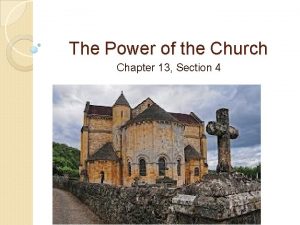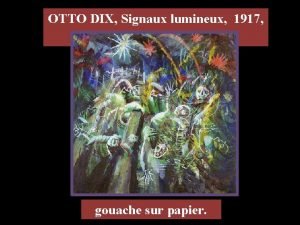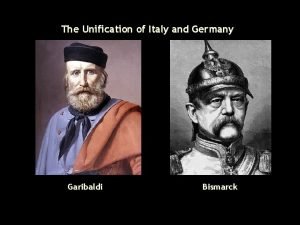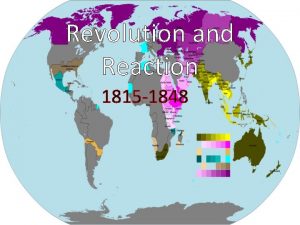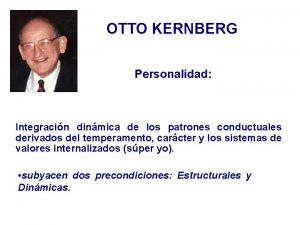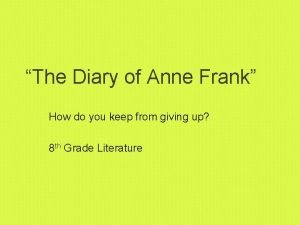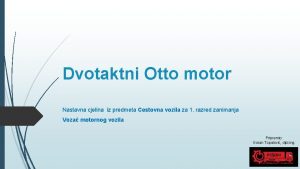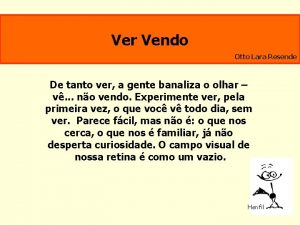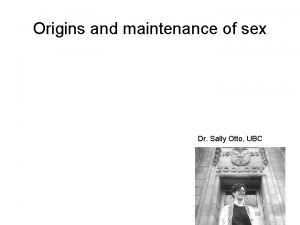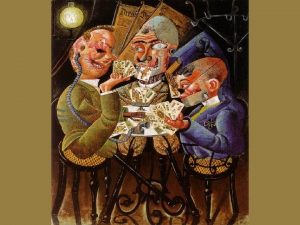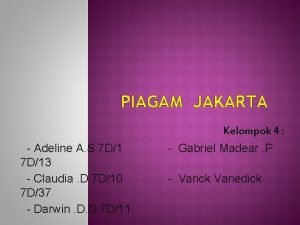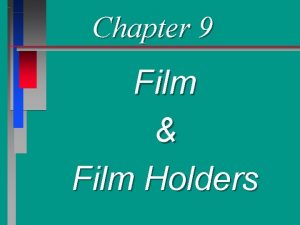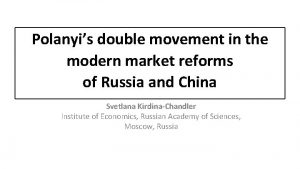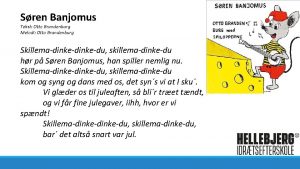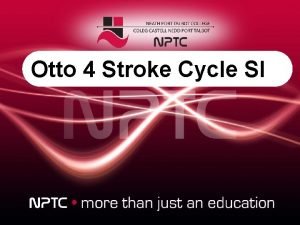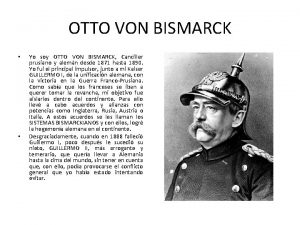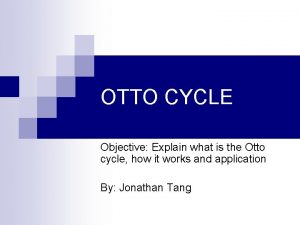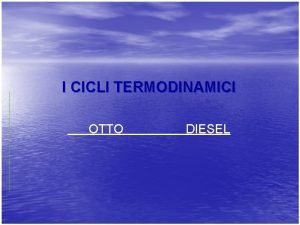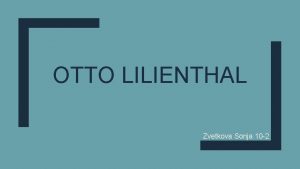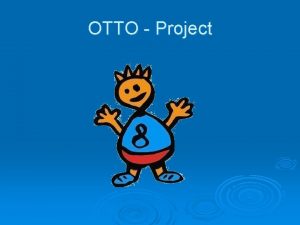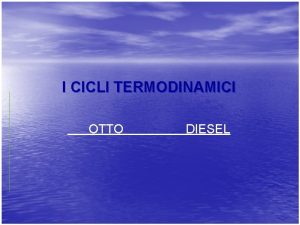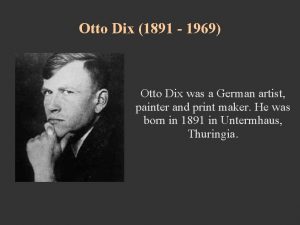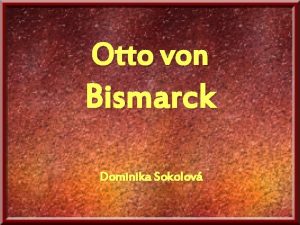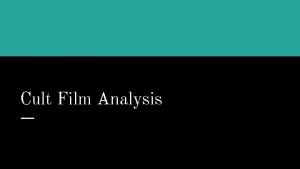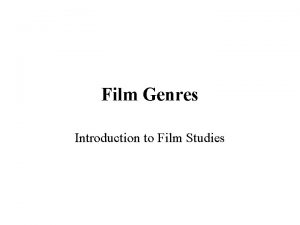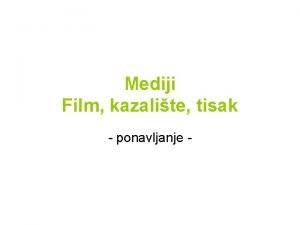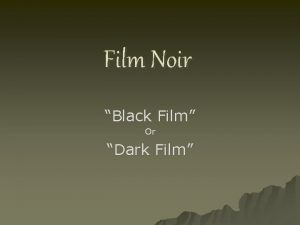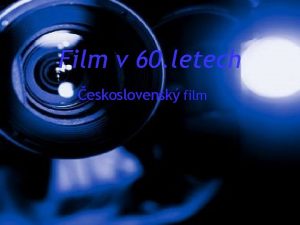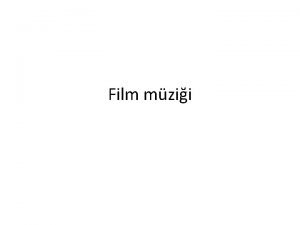Michael Polanyis economic film contrasted to Otto Neuraths


























- Slides: 26

Michael Polanyi's economic film contrasted to Otto Neurath's isotype system (social benefits of graphic art) Struan Jacobs and Owen Ormerod Deakin University Australia 27/11/2020 1

Otto Neurath 1882 -1945 27/11/2020 2

Neurath’s abiding preference for images to words: 27/11/2020 3

WAR ECONOMY/ECONOMY IN KIND 27/11/2020 4

Karl Ehn’s, “Karl Marx Hof” (1930) - part of Red Vienna 27/11/2020 5

Neurath’s Museum of Society and Economy, Vienna (Gesellschafts- und Wirtschaftsmuseum) Yesterday … 27/11/2020 … and today (with Neurath and wife Marie looking on) 6

THE VIENNA METHOD OF PICTORIAL STATISTICS (19251934) Gerd Arntz (1900 -1988) 27/11/2020 7

Arntz • Marxist revolutionary • This 1925 graphic contrasts conditions of the poor with the wealthy. • Not only his talent but his politics appealed to Neurath. 27/11/2020 8

Arntz drew more than 4 000 pictograms from the 1920 s to 1965 The atlas Gesellschaft und Wirtschaft (published Leipzig 1930) • edited by Neurath, with Arntz as art director, • includes over 100 maps, charts, graphs. By slightly tilting the map – “The Arab world and neighbouring countries” – Arntz is able to present more information. 27/11/2020 9

ISOTYPES ARE ADDITIVE 27/11/2020 10

Unemployment Isotypes of different professions Examples of Arntz’ Isotypes 27/11/2020 11

More Arntz Isotypes 27/11/2020 12

Cover design for a book on which Neurath was working at the time of his death (1945) The stylistic affinity of Isotype symbols to hieroglyphics is explicitly stated. 27/11/2020 13

Furniture and display 27/11/2020 14

27/11/2020 15

“Sweden owes a lot to Austrian immigrant Josef Frank [architect and designer on Neurath’s team at the Vienna Museum]. His work paved the way for the likes of Ikea and Marimekko” https: //www. theguardian. com/lifeandstyle/2017/jan/14/josef-frank-swedish-design-fabrics-furniture 27/11/2020 16

Michael Polanyi (1891 -1976) 27/11/2020 17

“On Popular Education in Economics” (Polanyi 1937/ 2014 -2015, Tradition & Discovery, 42: 3) Indicating the extent to which Polanyi’s social-economic aims disagreed with those of Neurath : Polanyi rejected Communist philosophy, commenting how the 1917 revolution in Russia in its “attempt to abolish prices, wages and profits”, • brought about Russia’s economic collapse, • Which led eventually to a restoration of money, profits, etc. (1937, “Popular Education”, pp. 21 -22). 27/11/2020 18

Motivation of Polanyi’s film project: • “We see in …other countries the results of a revolt against free acquisitiveness”, most notably dictatorships providing “for the work and welfare of the citizens” (“Popular Education”, p. 22). • To avoid the evils of becoming dictatorships themselves, western democracies are going to have to “revise utilitarian economics” by “persuasion” and not by “civil war” as occurred in Russia (Ibid. , p. 22). Being involved in the economic system, people need to be made aware of “its collective purpose” (p. 22) and of the collective purpose of the work they do (“social” or “economic” consciousness) (p. 23). • Dictatorship has “the spiritual advantage” of being able to enforce an idea of economic life. “Democracy can satisfy this craving for economic consciousness by” only by ensuring the public soundly understands the meaning of economic activity (Ibid. , p. 23). • The “civilised development of social life” by persuasion depends on a people having “a fairly complete understanding of economic matters” (Ibid. , p. 22). 27/11/2020 19

• “Spreading …adequate views on economic life would release social forces now entangled in futile issues”, directing these forces to “reasonable aims”, overcoming “vested interests”. “An enlightened public would have full power to direct its economic life” and its “intellectual power” would convert “into political power”. • Prospects for promoting a solid “understanding of economic matters” are bright. Keynes’ understanding of the trade cycle defines “public responsibility in an industrial system”, explaining the infirmity of “liberal economics” without repeating “the mistakes of Communism”. • “The policy of Roosevelt shows us a first indication of social action based on anew interpretation of economics”, as does government policy in countries such as Sweden and Australia. • “My approach to politics would be to elaborate the new economic ideas” of Keynes and others while simplifying “their outlines so as to make them comprehensible to the intelligent layman” (p. 23). 27/11/2020 20

Diagra m of Johann es Itten 27/11/2020 Syllabus of the Weimar Bauhaus 1919 -1923 This conceptual diagram showing the structure of teaching at the Bauhaus was developed by Walter Gropius and Johannes Itten in 1922. The programme places 'building' [Bau] at the centre of all the activities. 21

“Populated diagrams” reminded Polanyi of “symbolic dramas of the Middle Ages” and the “comics of Walt Disney” 27/11/2020 22

1936: Polanyi’s diagram of the economic stage. 27/11/2020 23

Examples of the graphic symbols used in Polanyi’s film 2’. 09 homes of the community 27/11/2020 4’. 33 the money circle 24

4. 47 work - fields and mines 27/11/2020 25

Polanyi’s full model (1940) increased complexity, diminished clarity? 27/11/2020 26
 Marketing concept
Marketing concept The nymph's reply to the shepherd theme
The nymph's reply to the shepherd theme Slipper or guide bearing
Slipper or guide bearing Economic growth and development
Economic growth and development Chapter 1 lesson 2 our economic choices worksheet answers
Chapter 1 lesson 2 our economic choices worksheet answers Economic growth vs economic development
Economic growth vs economic development Otto invades italy on pope's behalf causes and outcomes
Otto invades italy on pope's behalf causes and outcomes Otto vpn
Otto vpn Signaux lumineux otto dix
Signaux lumineux otto dix Animatedengines.com otto
Animatedengines.com otto Garibaldi and bismarck
Garibaldi and bismarck Ludvik holberg
Ludvik holberg Otto von bismarck
Otto von bismarck How stuff works
How stuff works Estructura de personalidad kernberg
Estructura de personalidad kernberg Little dipper minus two anne frank
Little dipper minus two anne frank Otto dix section de mitrailleurs à l'assaut
Otto dix section de mitrailleurs à l'assaut Otto motor
Otto motor Ver vendo otto lara rezende
Ver vendo otto lara rezende Am.modni kreator
Am.modni kreator Sally otto
Sally otto Les joueur de skat otto dix
Les joueur de skat otto dix 4 kinematic equations
4 kinematic equations Robin otto
Robin otto Charles otto puth jr.
Charles otto puth jr. Dr andreas otto
Dr andreas otto Piagam jakarta
Piagam jakarta






